As one of the biggest ecological disasters in history, the Aral Sea is a poignant reminder of what damage we’re capable of doing on this planet. Crossing from Kazakhstan to Uzbekistan, we always take the route that passes the dried up shores of the Aral Sea, to the former port town of Muynaq.
We think it’s one of the more unusual sites in Central Asia, and one we’d be silly to miss on our road trip across this unexplored part of the world. Muynaq is a haunting site, not only for the dried up cemetery of ships but also to see how a flourishing port town has been rendered a semi-abandoned ghost town.
Photo by Arian Zwegers
Muynaq in history
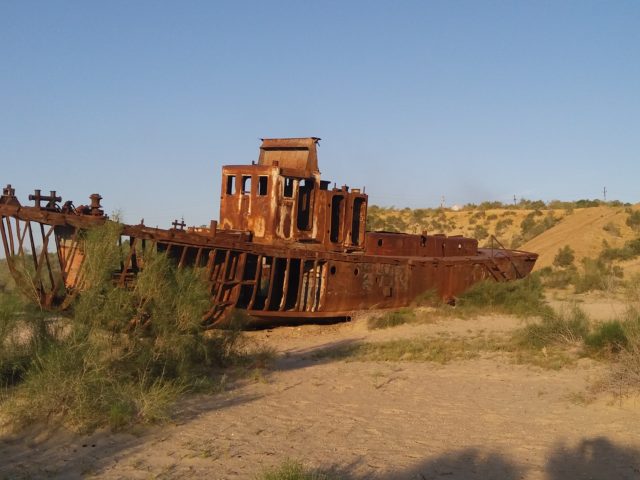
The Aral Sea was no ordinary stretch of water, but was in fact the fourth largest lake in the world. The “lake”, so large and saline it earned the grand title of being a sea, despite being completely land locked. However, once the Soviet irrigation projects diverted the rivers running into it, it took a couple of decades before the huge lake mostly dried up.
This not only posed disaster for the ecology of the region, but also for the towns set on the shores of the Aral Sea, like Muynaq in Uzbekistan. This town once flourished as a fishing port, and was home once to a large fish canning factory.
There were tens of thousands of residents in the city during its peak, and was one of the leaders of industrial fishing in the Soviet Union. But the overfishing and the drying up sea ruined the town’s economy. Not only that though, the pollution of the sea from agricultural chemical runoff and the rising toxicity of the water killed off residents in the vicinity of the Aral Sea. Those who stayed in the area suffered from chronic and acute illnesses.
Today, you can’t even see the sea on the horizon at Muynaq, and the city sits in a ghost town, with only a handful of residents still present.
The museum
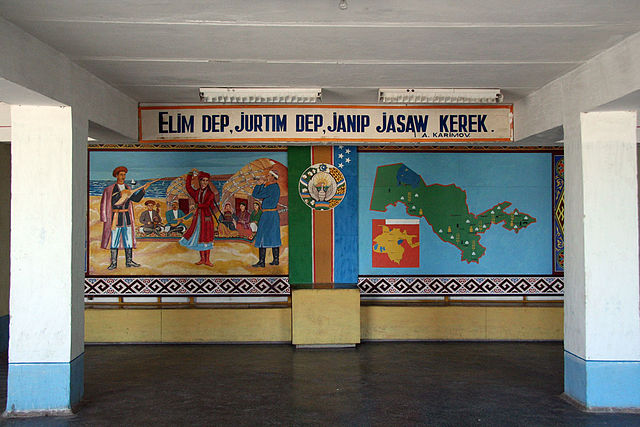
Despite being abandoned, Muynaq still draws in the tourists curious to see the relics of the Aral Sea. There is a small museum at the city centre chronicling Muynaq’s history in the fishing and canning industry.
From varying cans displaying the variety of fish that once inhabited the waters of the Aral Sea to a photography exhibition showcasing the life of Muynaq in its prime. It’s worth a visit to get an idea of what life was like in the city.
The Cemetery of Ships
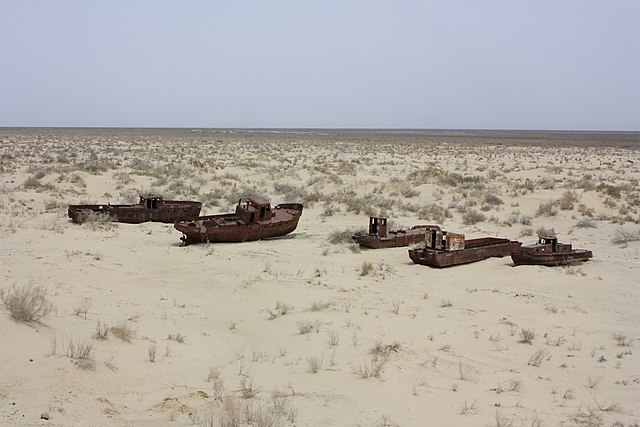
One of the main reason we’ve picked Muynaq as one of our stopping points is the eerie cemetery of ships. The rusty husks of Muynaq’s fishing fleet lie abandoned on the dried up sea bed, which is now an endless desert, making the Cemetery of Ships a surreal site. You can even find seashells in the sand here.
The canning factory
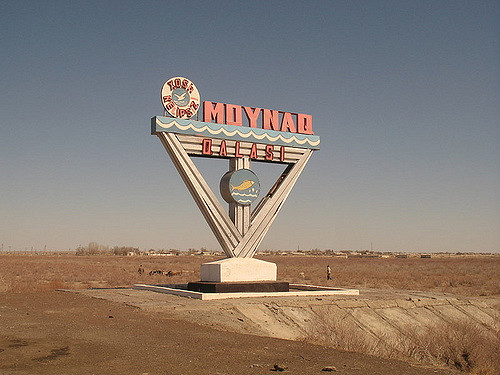
The canning factory is another tragic relic of Muynaq’s past. The abandoned complex is hard to pay a visit though, since the official in Muynaq are not fans of tourists traipsing round the abandoned factory.
Camping in Muynaq
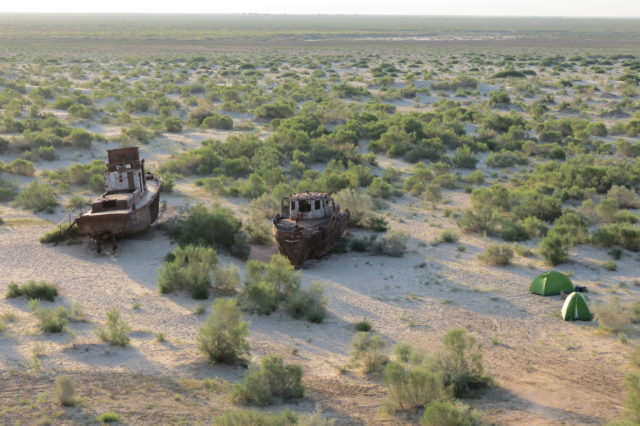
One of the experiences we love when we visit Muynaq is doing a spot of wild camping by the ghostly abandoned ships. Since the hotel in Muynaq is not the ideal place to stay in really, we have a lot of fun setting up camp in the desert with nothing but the wind, the rusting hulls and travel companions for company. We think it’s an unforgettable experience to have.
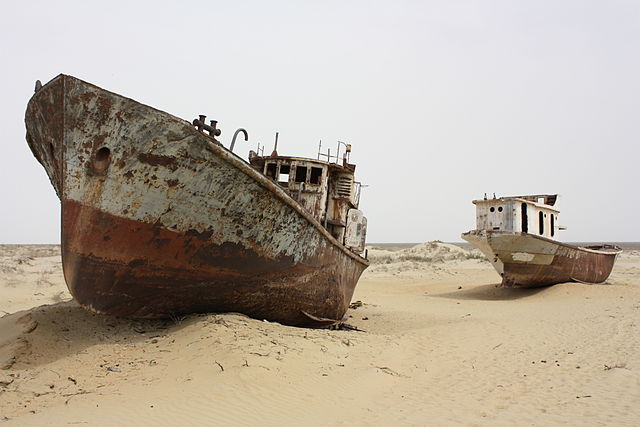


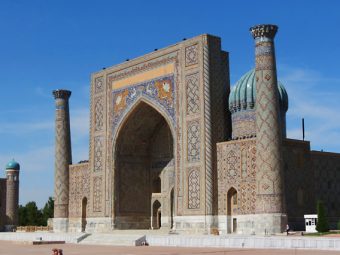

Leave a Reply